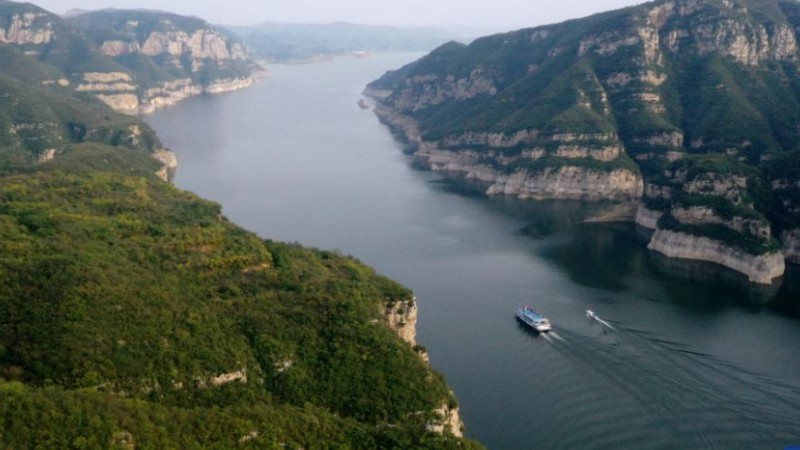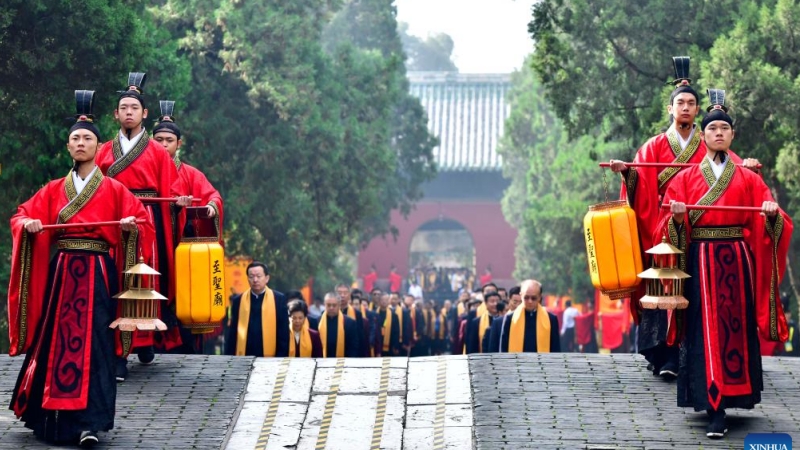BRI helps Bangladesh reap dividends

A modern town built by a Chinese company on a plot of barren land in Khulna, Bangladesh, aims to provide support for a large power plant. [Photo by Ma Rui/For chinadaily.com.cn]
Mostak Ahamed Galib got an opportunity to study abroad after high school in Bangladesh in 2002.He chose to study at the Wuhan University of Technology in Central China's Wuhan city, got a PhD later, and became a teacher there.
Galib, director of cross-cultural communication and the BRI research center at Wuhan University of Technology, now considers Wuhan his home. The scholar is now engaged in passing on to Bangladesh and other developing countries China's development experiences.
Living in China for two decades, Galib has witnessed great changes in China, especially in the development of rural areas. Whether as a student or a teacher, he would use the time during his vacation to volunteer or teach in impoverished areas.
He visited rural areas in Hubei, Shaanxi, and Hunan provinces, which deepened his understanding of China's poverty alleviation policies.
Galib said what impressed him the most was that China not only solved its own poverty problem, but through its Belt and Road Initiative, it brought tangible benefits to ordinary people in many countries, including Bangladesh.
A typical example is the Chinese-built Padma Bridge in Bangladesh, the longest bridge over the Padma River, which opened in June 2022.The bridge cuts travel time from parts of southwestern Bangladesh to the capital Dhaka from seven to eight hours to as little as 10 minutes.
Despite having two seaports and two dry ports with a relatively cheaper labor force, southwestern Bangladesh was relatively poor. The key reason was the geographical challenges created by the Padma River. Hundreds of trucks loaded with watermelons would get stuck on the banks of the river because the ferries were incapable of carrying heavy trucks.
Trucks had to wait for six to seven hours due to bad weather or the ferries weren't big enough to carry them. As a result, farmers had no hope of reaping the fruit of their labor.
Offering hope
"Thus, Padma Bridge is the hope for a new future for around 45 million people in the zone," he said.
However, the journey toward the dream project wasn't that easy for the Bangladesh government, said Galib.
After the World Bank and other global lending agencies pulled out of the project in 2012, the Bangladesh government decided to fund the bridge project, which cost more than $3 billion, through its own finances.
The amount was more than one-tenth of the country's foreign reserves at that time. So, the first challenge for Bangladesh was to make international contractors believe in its financial capability, he said.
"That was the time when China entered into the scene. Their decision to believe in the government of Bangladesh is a great example of Global South cooperation," he added.
"It's a great positive example of China's responsibility as a major country, along with China's true intentions of creating a better community for the people," he said, adding that one year after it became operational, around 6 million vehicles had crossed the bridge.
He said the bridge has boosted the economy of southwestern Bangladesh. For instance, the dry port in the region, Bhomra Land Port would handle 30 to 50 trucks per day on average. With the bridge cutting the travel time, around 160 fully loaded trucks pass through the port every day, turning it into a busy hub along with Mongla and Payra seaports.
Busier ports mean more trade, which has increased employment opportunities for people residing in the region.
China's goal is to create a community of shared future by creating a people-to-people bond, he said, adding: "Padma Multipurpose Bridge Project is not only a token of friendship between Bangladesh and China, but also a beautiful project under the BRI."
Photos
Related Stories
- Interview: China's BRI has huge socio-economic impact on Cambodia, says Cambodian scholar
- BRI paves path to global prosperity
- Trade between China's Shaanxi, BRI partners quadruples over past decade
- Xi to attend opening ceremony of 3rd Belt and Road Forum for Int'l Cooperation
- China to release documentary on BRI
- Work together to broaden Belt and Road as 'path of happiness' benefiting whole world
Copyright © 2023 People's Daily Online. All Rights Reserved.









